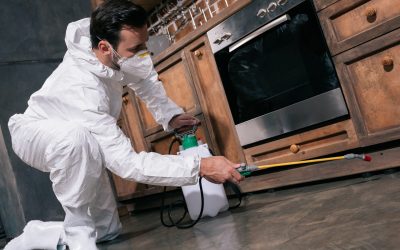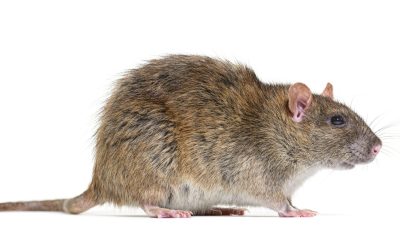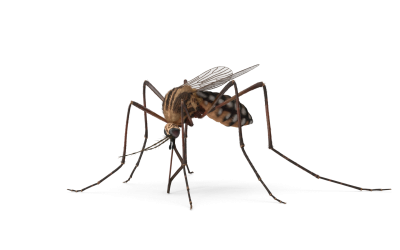When you think of rats, you probably picture them scurrying across your countertops or behind the furniture. You may not even notice them until they start nibbling at your food or causing a major mess in your kitchen. The truth is that rats are crafty creatures and can make themselves right at home anywhere—especially in our homes.
While the presence of rats in your house might not be noticeable, their presence can lead to damage and infestation in the form of mouse droppings, urine, and feces, resulting in an unpleasant odor.
Here’s everything you need to know about these rodents so you can prevent infestations before they happen.
How Rat enter your home
The rat can get into your home in many ways: they enter through holes, cracks, or gaps in the walls, windows, doors, roofs, or even pipes; they climb on furniture and bedding, or they may enter your food storage area through the openings at the bottom of your food containers. It’s also not unusual to find rats in sewers or elevators and travel into your home from other parts of the city. So, don’t overlook chances for infestation possible anywhere around you.
Holes: Their default entrance point is holes made by other rats. They will squeeze themselves through minor cracks, holes, or spaces in woodwork and use other openings created by their predecessors.
Cracks: Rat can climb from one floor to another by using holes or edges of wood and drywall. Some rats can jump up a bit, opening tiny gaps in walls; these animals will squeeze themselves through such cracks that exist not only around doors and windows but also within the walls of your house as well.
Food storage: Rat can find their way into food pantries using plastic shelving (storing food), or they may get to them only via cavities with a door or window. Such small gaps as these can be anywhere in your fridge/freezer, pantry, and storage area built into the floor (especially if you have raised one).
What do rats eat?
Rat consume food they can find during their explorations, believing it to be a potential source of nourishment. These are their typical prey (alternative options may include: seeds, grains such as wheat and cornmeal, eggs in the form of crumbs, or dead rats). The most preferred food for them is bread, nuts, and grain-like corn. As a consequence of eating everything they can get, they become cumbersome, making them invade and damage your property.
How often do rats breed?
The females give birth to 2-6 pups after each pregnancy lasting 15 days or longer (depending on the conditions: temperature, place). The first litter usually occurs two weeks сouth and is called litters. A rat can breed up to 3 times in one season, but usually only once every couple of weeks within the exact location over a whole year. Females are likely to alter their living locations during winter months – pregnancy lasts for about 8-14 days, after which the females are again able to mate.
How can I prevent rats from entering my house?
There are a few things that you can do to prevent rats from entering your house.
The first thing is to seal all the cracks and openings in your home with weatherproofing tape, which will help keep moisture and pests out.
You can also use traps to catch the rat. Place mouse traps near areas they are known to enter, such as the attic, basement, or kitchen. Make sure to set the traps so they are baited with food that the rat will eat but cannot get out of.
You can also buy a mouse repellent spray that you can use in areas where rats are known to frequent.
What are the signs of a rat infestation?
Rat infestations can be difficult to detect, but there are some telltale signs you may need to take action.
One of the most common signs of a mouse infestation is droppings. Rats will typically leave droppings in strategic areas, such as near food sources or behind furniture. If you see a lot of droppings, there are likely rats in the area.
Another sign of a mouse infestation is property damage. Rats love to chew on wires and cables, so if you notice any holes in walls or floors, rats have likely been chewing on something. They also like to gnaw on things like wood and plastic materials. If you see any of these types of damage, it’s best to take action and get rid of the rat!
How long does it take to get rid of an infestation of rats?
There is no one answer to this question as it depends on the severity of the infestation, the type of mouse, and how well you are prepared. However, generally speaking, if you have a small number of rats and they are not causing any damage or nuisance, you can try using a variety of deterrents such as snap traps or baits. If the rats are causing damage or making your life difficult, then professional rodent extermination may be necessary.
Rats are an annoying and unwelcome pest, but fortunately, they can be prevented from infesting your home with a few simple steps. Preventing rats from entering your home is one of the best ways to ensure that you don’t have to deal with their presence regularly. You should always check for signs of rat activity and remove them before they get the chance to invade your space. If you find signs of rat activity in your home, contact us today to help you keep them out!





0 Comments